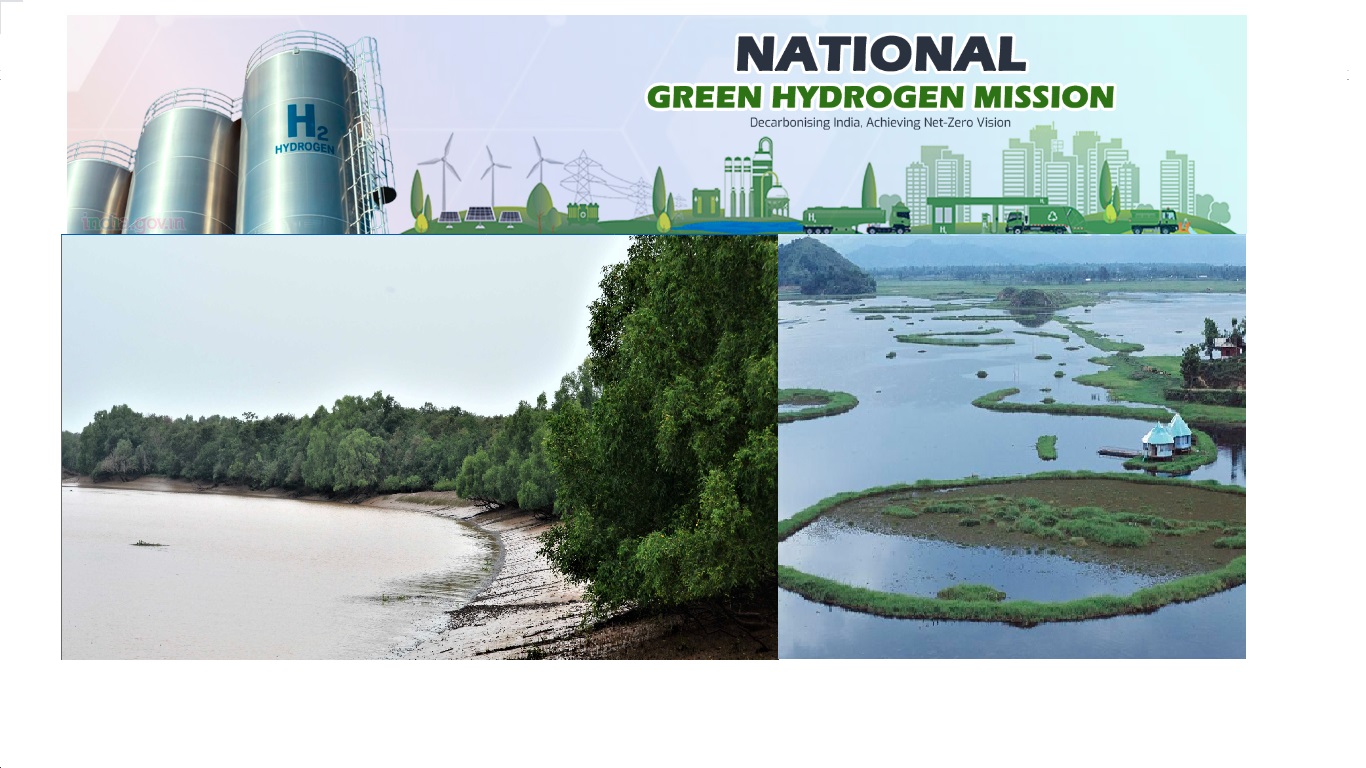“India is moving forward firmly for the ‘panchamrit’ and net-zero carbon emission by 2070 to usher in green industrial and economic transition. This Budget builds on our focus on green growth.”
These were the prescient words of India’s Finance Minister Smt. Nirmala Sitharaman during the budget, envisioning a green future for the country. The vision of Panchamrit which are India’s “five elixirs” for climate was announced by Prime Minister Modi at the COP26 summit in Glasgow in November 2021 that his country would adopt a net zero emissions target—by 2070.
Mr. Modi had laid out five commitments, or ‘Panchamrit’, as the government references it, namely: That India would increase its non-fossil energy capacity to 500 GW (gigawatt) by 2030, India would meet 50% of its energy requirements from “renewable energy” by 2030, it would reduce the total projected carbon emissions by one billion tonnes from now till 2030, India will reduce the carbon intensity of its economy by more than 45% and by the year 2070, India will achieve the target of “Net Zero,” namely, that there would be no net carbon dioxide emitted from energy sources.
In the light of the Panchamrit commitment and the net zero emissions target—by 2070, here are five of of the Indian Government’s Green Growth Opportunities that are laid out for India’s ecopreneurs in the Budget 2023:
The approval of National Green Hydrogen and the priority capital investment in energy transition, net zero objectives and energy security will open gates for many opportunities in the field of solar, wind and biomass.
To read about the scheme – https://www.greenhydrogen-india.com/
The plan to develop 500 new ‘waste to wealth’ plants under GOBARdhan (Galvanizing Organic Bio-Agro Resources Dhan) and the central excise duty exemption for compressed biogas (CBG) blended with natural gas will push the domestic market for CBG.
You can read more about the scheme here- https://sbm.gov.in/gbdw20/
One of the key initiatives introduced by the finance minister is the Vehicle Replacement scheme. Under this scheme old vehicles of the central government are replaced and sent for scraps. This scheme can benefit recyclers and upcyclers. The metals from the old cars can be repurposed into useful products and automotive furniture is a trend to perceive.
Tourism was given priority in this budget. ‘Dekho Apna Desh’ initiative, ‘Swadesh Darshan Scheme’, and the Vibrant Villages Programme deserve applause. However, the budget should have looked upon schemes and initiatives to boost sustainable tourism also.
https://tourism.gov.in/swadesh-darshan-scheme
Under the Amrit Dharohar scheme, apart from enhancing biodiversity and carbon stock, wetland tourism has also been given priority in the budget.
In order to encourage behavioural change, the finance minister has announced the Green Credit Programme which will be notified under the Environment (Protection) Act.
Further the finance minister said that the states and union territories will be incentivized for the promotion of alternative fertilisers and balanced use of chemical fertilisers under the “PM Programme for Restoration, Awareness, Nourishment and Amelioration of Mother Earth.”
Sitharaman has announced ‘Mangrove Initiative for Shoreline Habitats & Tangible Incomes’ (MISHTI) to promote mangrove plantation along the coastline and on salt pan lands, and for the conservation of wetlands.
In addition, the finance minister has announced energy storage systems with a capacity of 4,000 MWH supported by viability gap funding and an inter-state transmission system for evacuation and grid integration of 13 GW renewable energy from Ladakh.
In closing, India’s stakeholders in the world’s fifth-largest economy’s energy sector feel the finance minister’s green proposals will result in the creation of a framework for a sustainable energy mix and infrastructure and also increase investments and jobs in the energy sector.
The ambitious climate action goals of India are opening gates for green economic opportunities. From last few years, thousands of ecopreneurs are paving the way to strengthen the ecopreneurship ecosystem. The green economic push & policies should accelerate decentralized and economically viable green solutions for green recovery and employment creation while reconnecting people with nature
—o0o—
https://indianwetlands.in/get-involved/photos/ – Bhitarkanika Mangroves. Credits :-WISA
https://tourism.gov.in/media/photo-gallery/sea-beaches – Loktak-Lake, Manipur.


